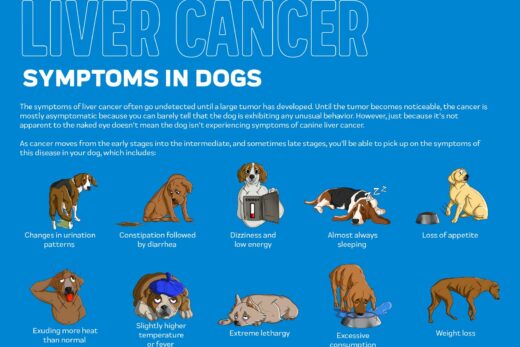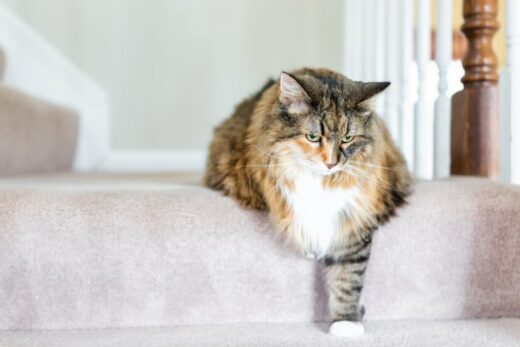Similar to glaucoma in humans or glaucoma in dogs, feline glaucoma occurs when the fluid inside the eye, located directly behind the lens, builds up and does not drain properly.
This fluid is called aqueous humor, and is not to be confused with tears which coat the outside of the eye. Tears and aqueous humor do not interact or perform the same functions. Aqueous humor is inside the eye only, and is there to help support and maintain the shape of the eye as well as nourish delicate structures and tissues.
This fluid is produced by something called the ciliary body and drains back into the blood stream as a way to keep pressures inside the eye within normal limits. This pressure inside the eye is called intra-ocular pressure, or IOP. When production of fluid and drainage of fluid stays about the same, IOP will remain pretty steady.
However, if there is too much IOP, as with glaucoma, the imbalanced pressure pushes against fragile internal structures of the eye and presses against the optic nerve. If there is long-term pressure against the delicate inner workings of the eye, it can cause severe and lasting damage, and even permanent blindness.
Normal IOP in humans and cats (dogs too) ranges from 10-20 mmHg. When humans experience glaucoma, their pressures can be measured as anywhere from 20-28 mmHg. Animals seem to have the sharper end of the stick, as IOP in animals with glaucoma can reach 30-50 mmHg and higher, causing enormous pressure and pain alongside any damage.
Types of Cat Glaucoma
Just as with dogs, cats experience primary and secondary glaucoma. Primary glaucoma is a result of physical and physiological eye abnormalities like an improper drainage angle, causing an increase in IOP.
The abnormality is usually genetic, and breed-related. Unlike dogs, primary glaucoma is a rare occurrence in cats. When it does happen however, it’s almost inevitable that the cat will get glaucoma in both eyes.
More common in cats is secondary glaucoma, which can occur in one or both eyes. Vets are unable to predict whether or not a cat will be infected in both eyes or not, as it can be somewhat random. A feline may experience severe glaucoma in one eye, even to the point of permanent blindness, and never get it in the other one.
Secondary glaucoma can be related to eye inflammation, called uveitis, where the inside of the eye becomes inflamed. Intra-ocular infections that cause scar tissue and debris to hinder the drainage of fluid can trigger glaucoma.
Tumors of the eye, cataracts, as well as luxation and subluxations, where the lens slips out of place inside the eye can also cause damage that hinders drainage. A ruptured lens, often from injury or trauma can create swelling, which interferes with the drain angle. Blood clots in the eye are also culprits of glaucoma, causing increased IOP and blocking healthy drainage of aqueous humor fluid.
When pressure is high, the inner lining of the eyeball called the retina, as well as the optic nerve carrying signals from the retina to the brain telling your cat how to see, are compressed, resulting in impaired vision.
Symptoms of Glaucoma in Cats
As with dogs, signs of glaucoma in cats can be very subtle, so much so that it can go entirely unnoticed, and more often than not, undiagnosed. The disease often presents late in the game, with an onset that is gradual and insidious, causing irreversible damage.
As pressure increases, one eye can appear to be slightly larger than the other, and one or both eyes could have a cloudy appearance to them that gets progressively worse. You may notice an unresponsive dilated pupil, or your cat walking around with a slight squint.
Behavior changes can happen, although they may not be obvious either, if they occur at all. The advancement of glaucoma can be so subtle that any signs at all can be missed for months or more, especially if your cat continues to behave and play normally. Frequent and/or rapid blinking could be a sign, and sometimes the affected eye may roll back into the head.







